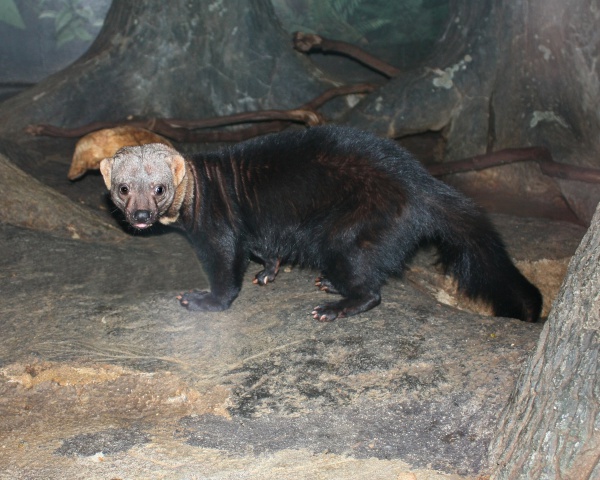Facts About Tayra
The tayra, also known as tolomuco or perico ligero in Central America, is an intriguing member of the weasel family and the sole species in its genus, Eira. Imagine a long, sleek creature with dark brown to black fur and a distinctive yellow or orange patch on its chest—that's a tayra! They even possess a unique throat patch that helps identify individuals, and while they have scent glands, these are not used for self-defense.
These captivating animals inhabit the tropical and subtropical forests of South America, Central America, and the island of Trinidad. Tayras are proficient climbers, always on the lookout for their next meal, which could range from rodents and small mammals to birds, lizards, and invertebrates. Unlike many nocturnal creatures, tayras are diurnal and prefer a solitary lifestyle, roaming large territories and even swimming when necessary.
In terms of reproduction, tayras are quite adaptable. They can breed year-round, and after a gestation period of 63 to 67 days, the female gives birth to one to three young. These offspring are born helpless and rely on their mother until they are about six months old, at which point they become independent.
Sadly, wild tayra populations face threats from habitat destruction, particularly due to agricultural expansion in countries like Mexico. Despite these challenges, they are currently classified as "Least Concern" regarding their conservation status. This resilient species has several subspecies across different regions, each with its unique traits.
Tayras are truly remarkable creatures, showcasing unique behaviors and adaptations that enable them to thrive in their forested habitats.

 Honduras
Honduras